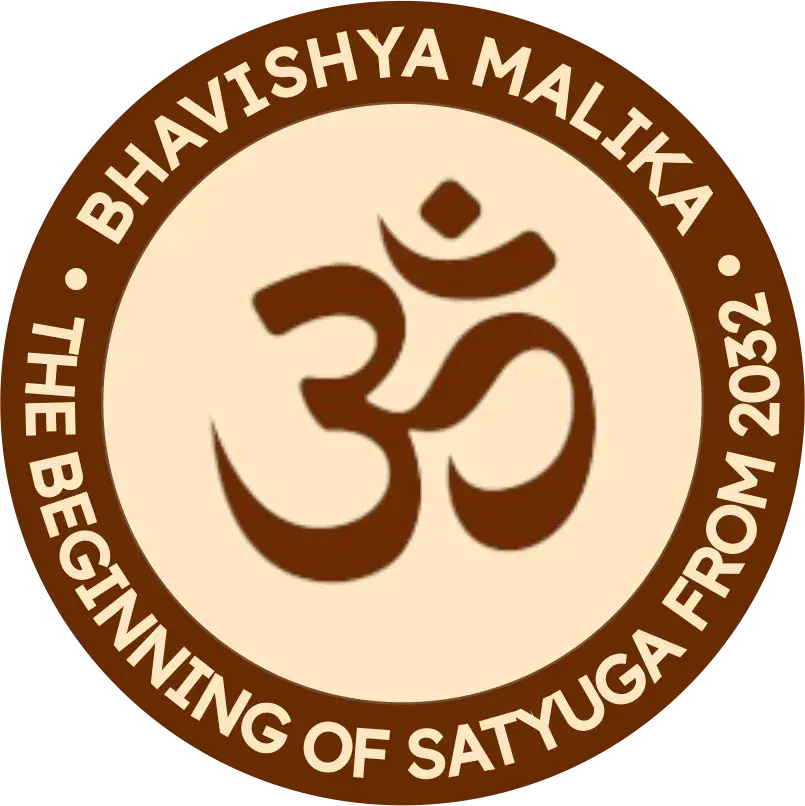A
What is Written About the Divine year, Solar year, or Human year in Surya Siddhanta, Mahabharata, and Manusmriti?
Please write correctly and English only, Limit - 300 chars
1.2K Views
2 Aug 2024
"Aindavastithibhiḥ tadvatsankrāntyā saur ucyate।
Māsair dvādaśabhir varṣa divyaṁ tadaha ucyate॥"- Surya Siddhanta (1.13)
This verse proves that in the Surya Siddhanta, only the solar year is considered a divine year, not any other.
"Tadvādaśasahasrāṇi caturyugam udāhṛtam।
Sūryābdasaṅkhyayā dvitrisāgarairayutāhataiḥ॥
Sandhyāsandhyāṁśasahitaṁ vijñeyaṁ taccaturyugam।
Kṛtādīnāṁ vyavasthēyaṁ dharmapādavyavasthayā॥"- Surya Siddhanta (1.15)
All four Yugas (ages) together constitute 12000 years of a solar year. This is the system of all four ages together with Sandhya and Sandhyansh.
"Ahorātre vibhajate sūryo mānuṣadaivike।
Rātriḥ svapnāya bhūtānāṁ ceṣṭāyai karmaṇāmahaḥ॥"- Manusmriti (1.65)
The Sun divides the day and night between humans and gods. This verse clearly states that the Yuga calculation was done in human years, i.e., solar years, not divine years.
"Ye te rātryahani pūrvaṁ kīrtite jīvalaukike।
Tayoḥ saṅkhyāya varṣāgraṁ brāhme vakṣyāmyahaḥ kṣape॥"Mahabharata Shanti Parva, Chapter 231, Verse 18
That is, Chaturyuga has been calculated according to the number of human worlds.


